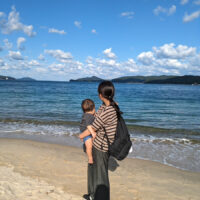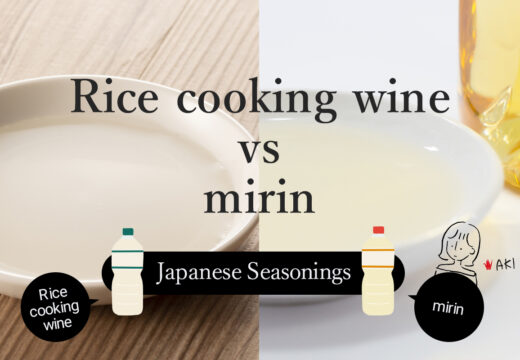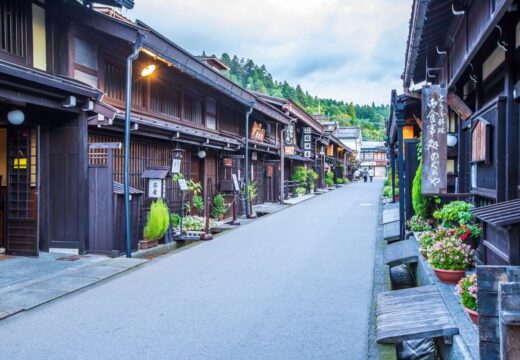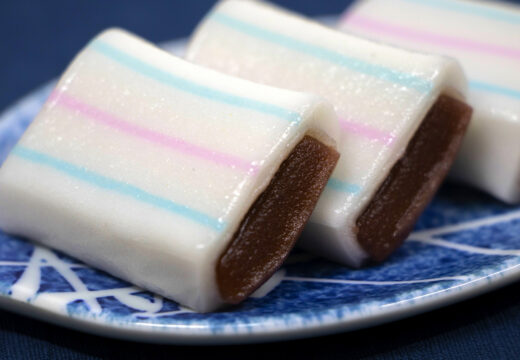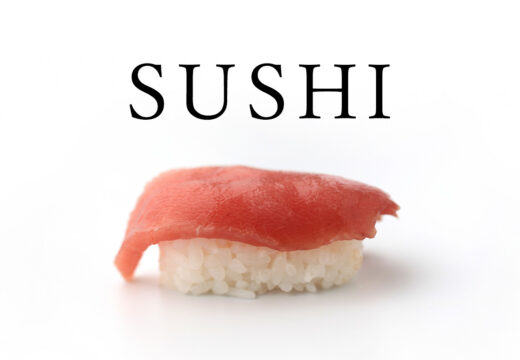Tokushima Prefecture’s Nishi-Awa Area: Enjoy Traditional Culture and Nature Experiences
Category: experience Food&Drink Goods Sightseeing
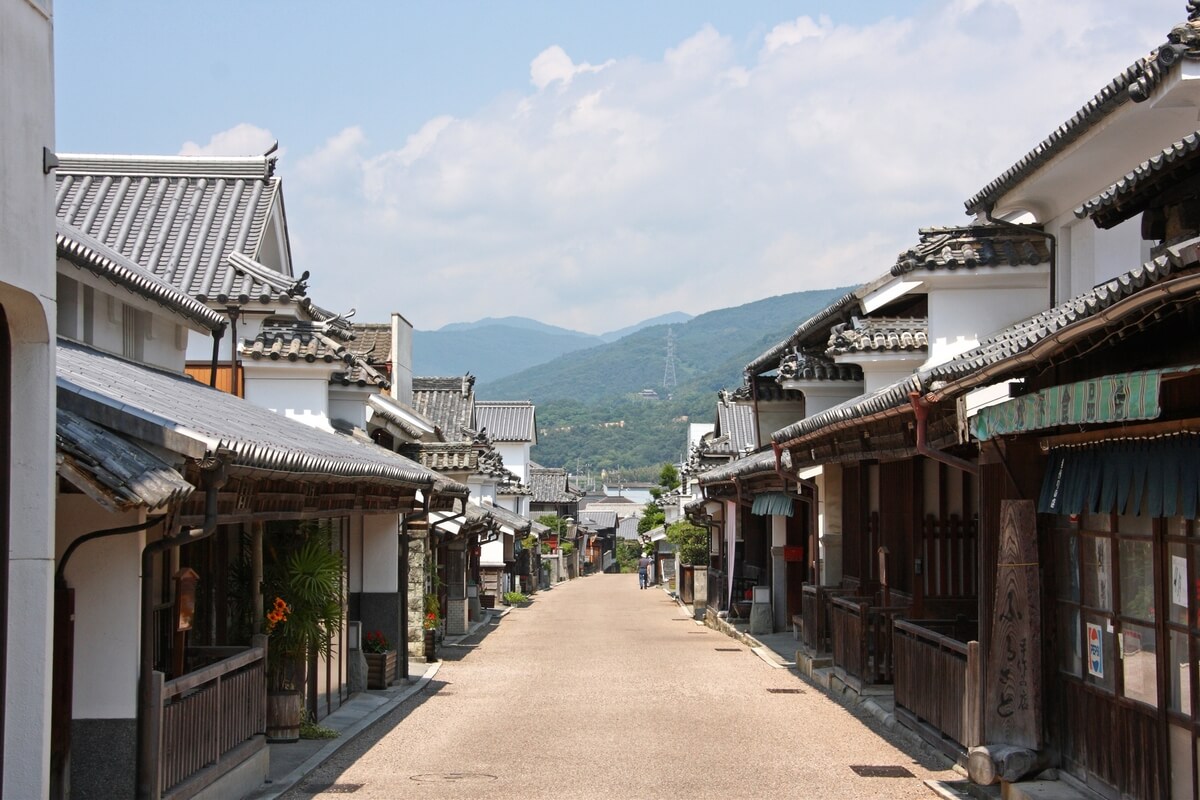
Nishi-Awa in Tokushima Prefecture, located in Japan’s Shikoku region, is an area recognized as a Globally Important Agricultural Heritage System (GIAHS) for its beautiful rural landscapes and traditional culture. This time, we’ll introduce the rich appeal of Nishi-Awa, including its history and culture, recommended sightseeing spots, experiences, souvenirs, gourmet food, and lodging. Come discover the beauty of Japan in Nishi-Awa!
What is Nishi-Awa?
Nishi-Awa is a region comprising Mima City, Miyoshi City, Tsurugi Town, and Higashi-Miyoshi Town in western Tokushima Prefecture. Nearly 200 villages are scattered throughout its mountainous terrain, at elevations ranging from 100 to 900 meters.
Each village is nestled on the slopes of rugged mountains, preserving rural landscapes reminiscent of Japan’s original scenery and unique local cultures.
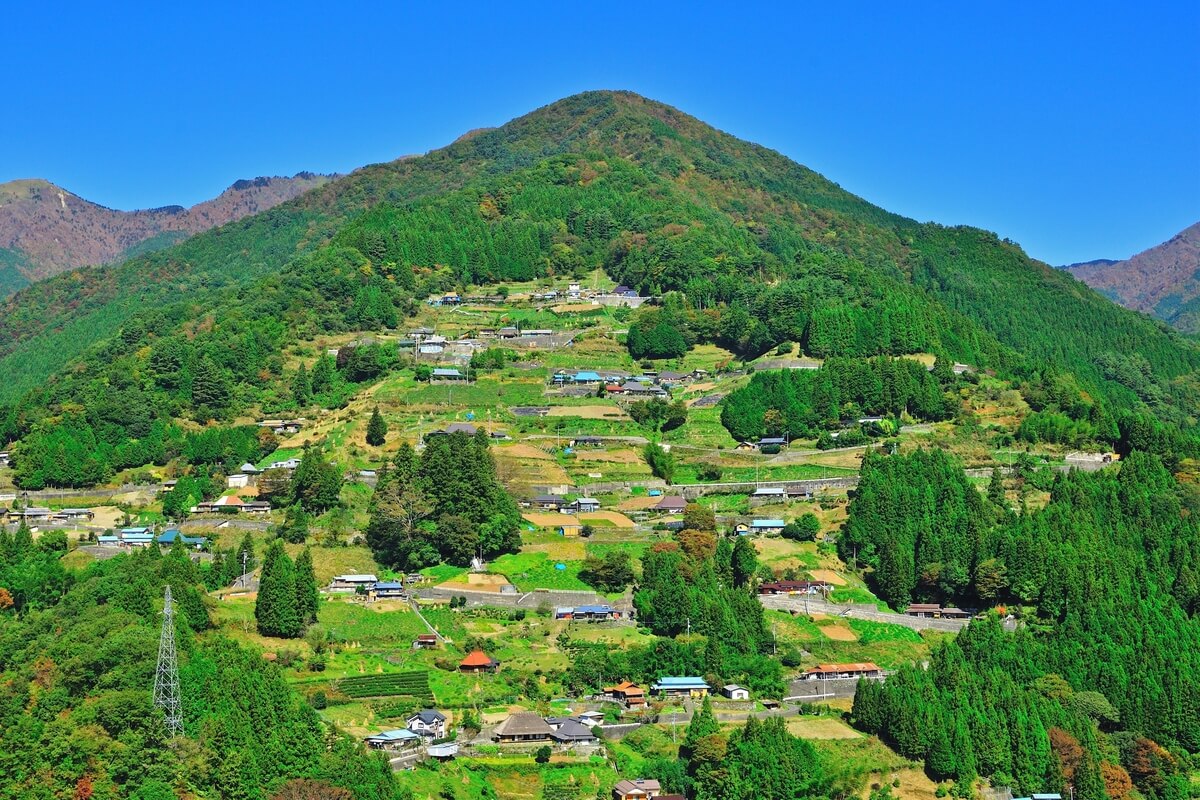
Furthermore, in the villages of Nishi-Awa, a unique “Steep Slope Land Agriculture System” recognized as a Globally Important Agricultural Heritage System (GIAHS) has been passed down for over 400 years. While agriculture on slopes typically involves creating flat terraces like terraced fields, Nishi-Awa has cultivated crops directly on the inclines.
Today, various crops such as buckwheat, yuzu citrus, and vegetables are still cultivated here. This farming system, passed down through the wisdom and ingenuity of past generations, is recognized as sustainable for the future.
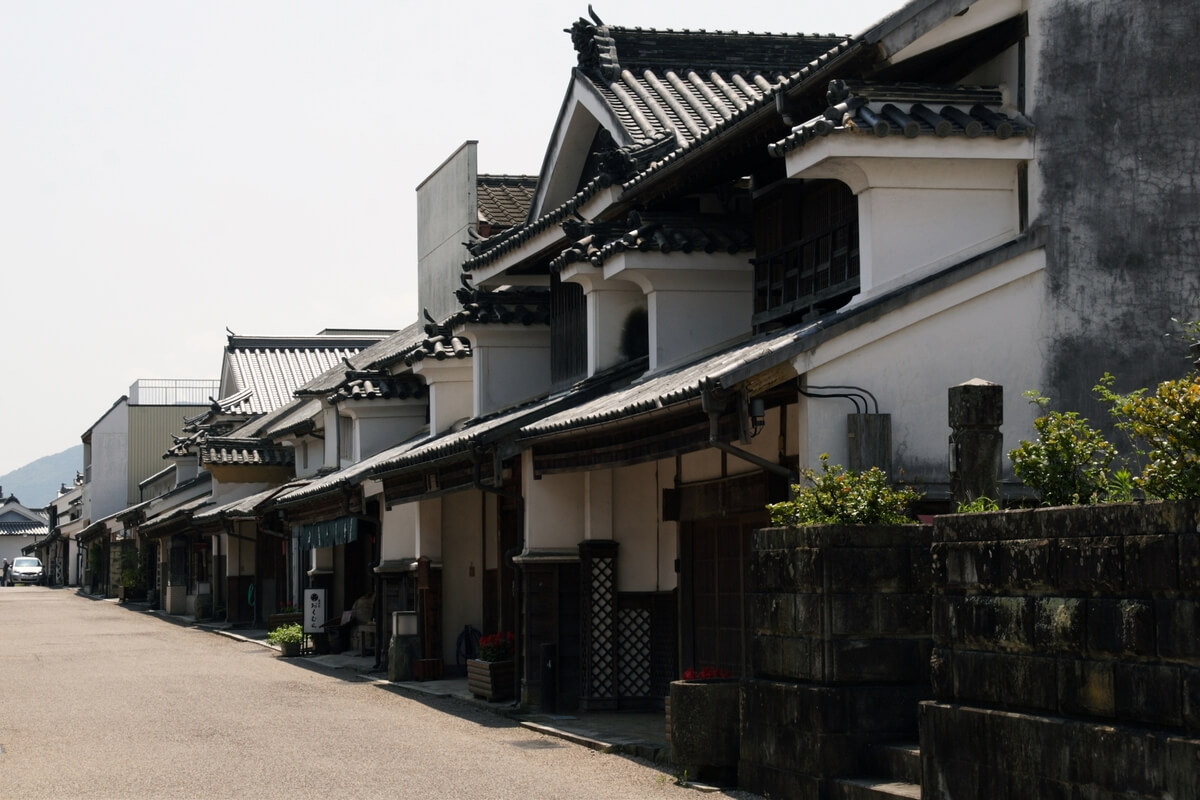
Moreover, Japan’s beautiful towns are just as charming as its rural landscapes. Historically, the Yoshino River flowing through the central region served as a waterway, and during the Edo period, the area flourished as Japan’s leading producer of indigo dye. The “udatsu townscape,” retaining the atmosphere of a castle town where merchants once lived, is a popular tourist destination in Nishi-Awa.
Must-Visit Spots in Nishi-Awa
Udatsu Townscape (Wakimachi, Mima City / Sadamitsu, Tsurugi Town)
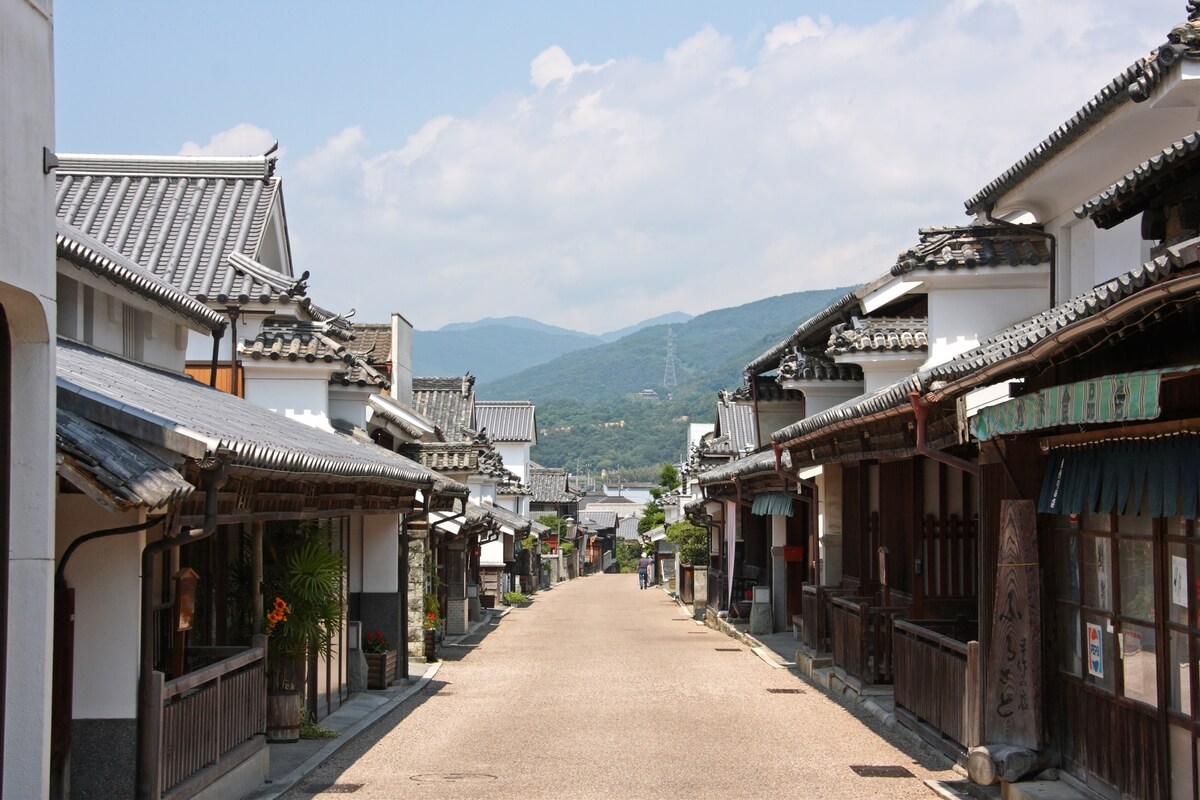
The Udatsu Townscape, a representative spot of the Nishi-Awa area. Udatsu refers to traditional Japanese firewalls built between neighboring houses. During the Edo period, house decorations became symbols of wealth, and merchants competed to build magnificent homes with elaborate udatsu.
In Wakimachi, Mima City, the “Wakimachi’s Udatsu Townscape” remains. This area flourished as the castle town of Waki Castle and developed as a hub for indigo trade. It is a popular spot where visitors can enjoy the traditional Japanese scenery of old.
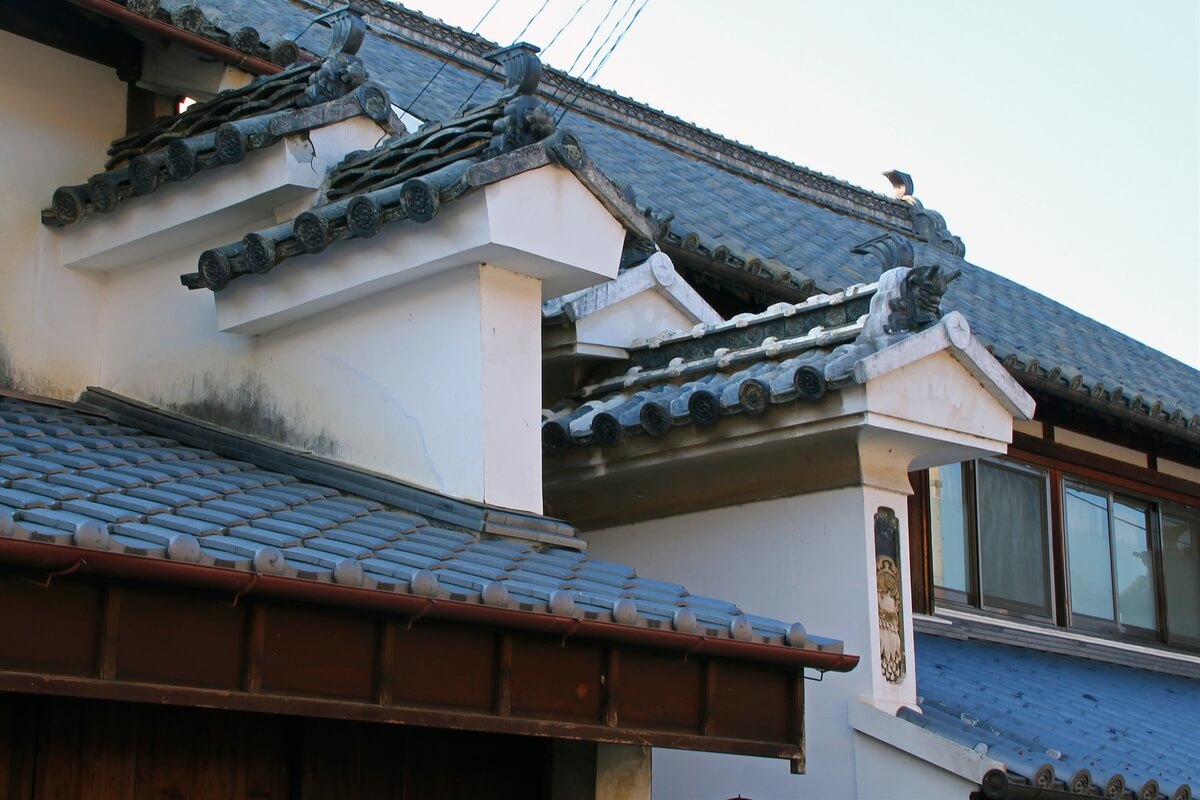
Additionally, Sadamitsu in Tsurugi Town features a nationally rare “Niso Udatsu Townscape” where two-tiered udatsu gables line the streets. Take a stroll through the town and experience a feeling of stepping back in time.
Iya Vine Bridge (Miyoshi City)
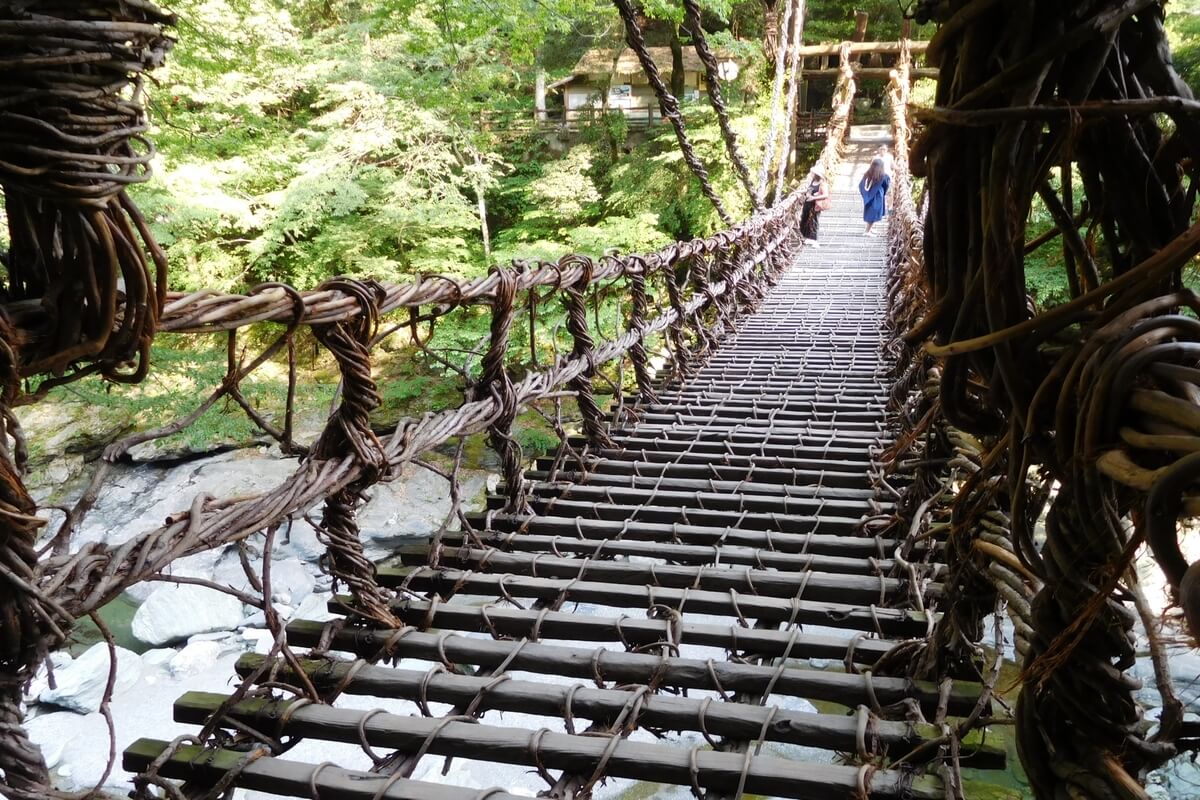
Surrounded by 1,000-meter-high mountains and the emerald green Iya River, the Iya Vine Bridge (Iya no Kazurabashi) is the most famous spot in Iya, one of Japan’s three most secluded places. This suspension bridge, approximately 45 meters long and 2 meters wide, spans the Sogatani River and is woven from a plant called Shirakuchikazura. The gaps in the bridge allow you to see the river surface 14 meters below, making for a thrilling experience!
It is also said to be the place where the defeated Heike clan hid after losing a power struggle about 800 years ago, and legend has it that they built the Kazurabashi Bridge so that it could be quickly cut down to escape from their enemies. Not only is it recommended for activities where you can enjoy the grandeur and mysterious beauty of nature, but also as a historical spot steeped in legend.
▼For a detailed article on Iya Vine Bridge
https://kodawari-times.net/blog/kazura-bridge/
Nagoro Village of Scarecrows (Miyoshi City)
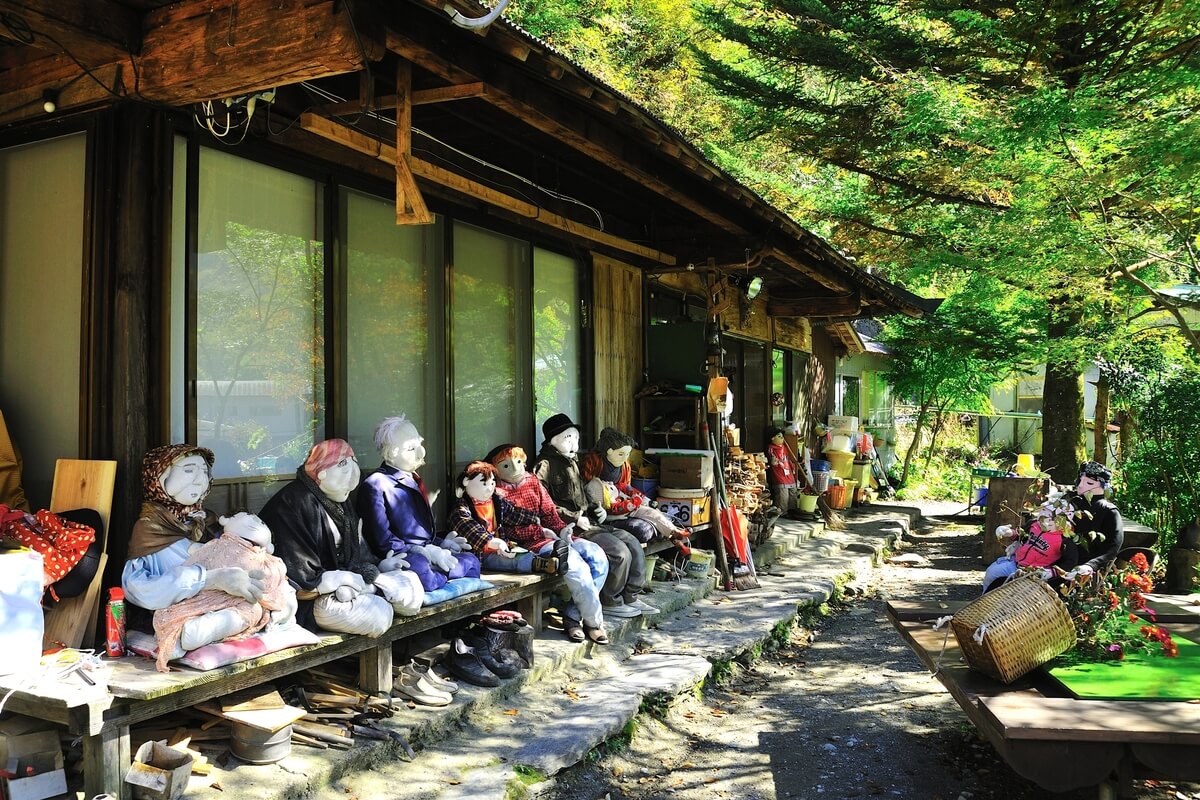
The Nagoro district in Higashi-Iya, Miyoshi City, has gained attention both domestically and internationally as a mysterious village home to over 300 scarecrows—more than its human population. Scarecrows (kakashi) are bamboo and straw figures erected in fields to scare away birds and other pests that damage crops.
The scarecrows of Nagoro Scarecrow Village (Kakashi no sato) are so lifelike—working in the fields, chatting by the well, blending in like residents—that they bring a sense of calm. Why not take a photo with these scarecrows, brimming with Japan’s traditional scenery and humor?
Mount Tsurugi (Miyoshi City, Mima City)
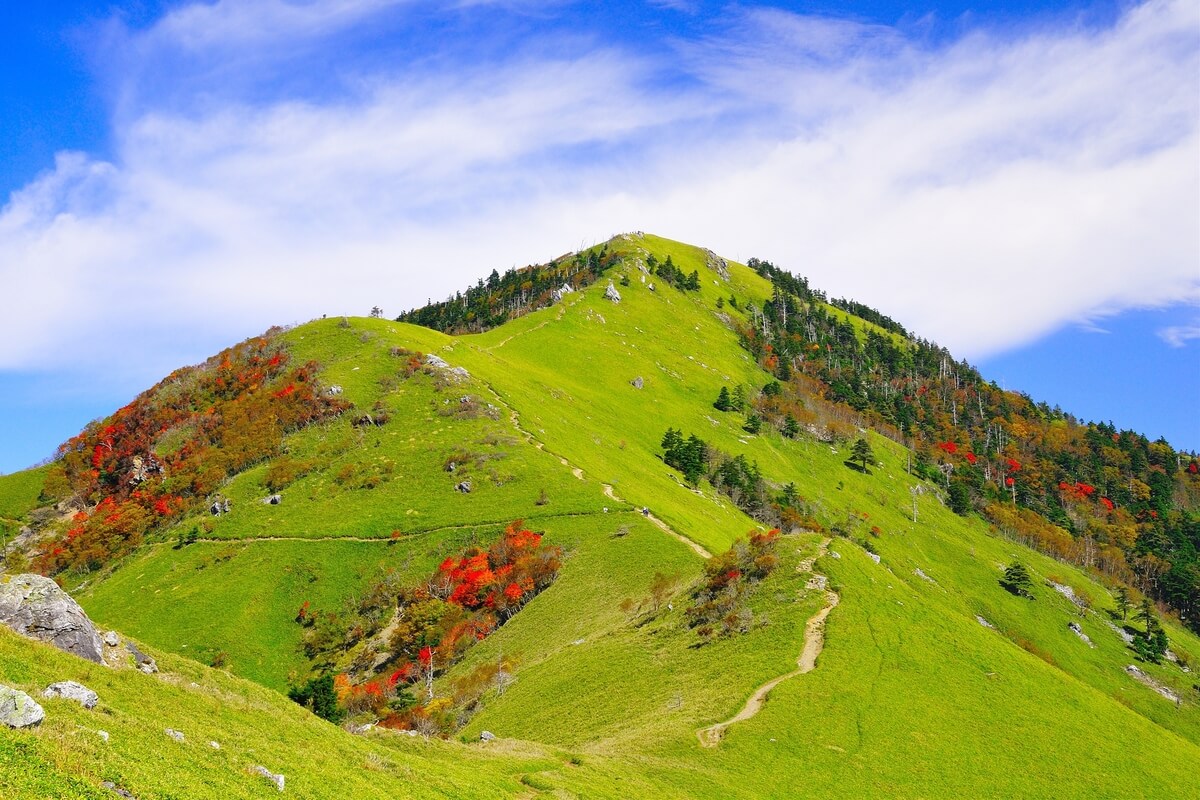
Mount Tsurugi, one of Japan’s 100 Famous Mountains. Standing at 1,955 meters, it is the second highest peak in western Japan. While a serious mountain, it features lifts and well-maintained, easy-to-walk trails, making it accessible even for beginners. The summit area is surrounded by low-lying bamboo grasslands.
On clear days, you can enjoy a 360-degree panoramic view of the “Sky Meadow.” Additionally, from mid-September to late November, it’s the prime season for witnessing beautiful sea of clouds. Be sure to catch the sunrise and enjoy the fantastical scenery.
Awa Odori (Tsurugi Town Awa Odori Summer Festival)
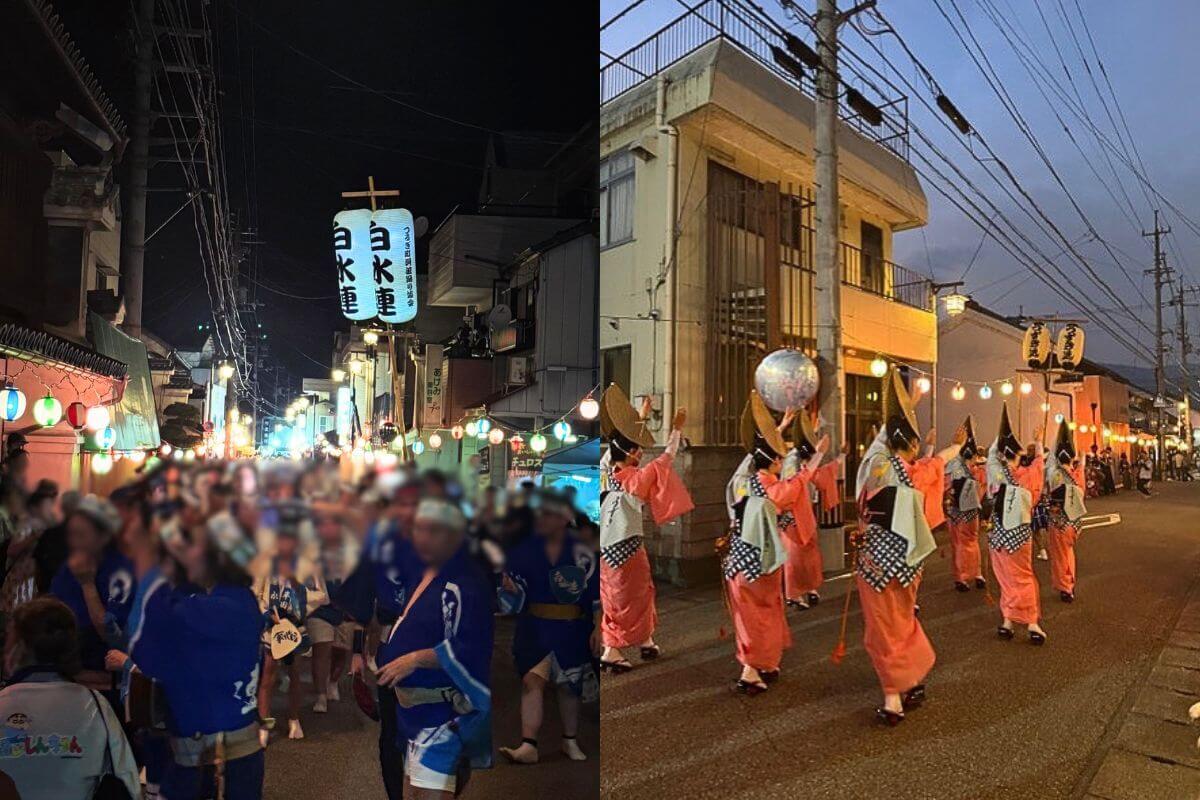
Awa Odori, a traditional performing art originating in Tokushima with a history of approximately 400 years. While Awa Odori held throughout Tokushima City is famous, it is also performed in various locations across the Nishi-Awa area. Among these, the “Tsurugi Town Awa Odori Summer Festival” has gained attention after being featured on the TV program “Japan’s Festivals.”
Held annually on August 15th and 16th, the event features performances by eight local dance groups in the town’s central shopping district. The charm lies in experiencing the powerful, up-close spectacle of Awa Odori against the backdrop of the charming, two-tiered udatsu-lined streets.
Recommended Experiences in Nishi-Awa
Nishi-Awa is an area where magnificent nature spreads out and traditional culture is deeply rooted. One of its charms is not only visiting sightseeing spots but also actually participating in various experiences. Here, we introduce recommended experiences.
Canoeing experiences, etc.
For those wishing to enjoy the natural beauty of Mt. Tsurugi and the Yoshino River, outdoor experiences like canoeing, river trekking, and hiking tours are recommended. Trip Shikoku’s River Guides offers small-group outdoor tours based at the foot of Mt. Tsurugi.
Our year-round recommendation is our most popular river journey canoe tour. Primarily using touring kayaks, this tour runs from March to December. Shikoku’s largest river, the Yoshino River, features wide riverbanks and excellent water quality, making it ideal for river travel. This ultimate tour lets you enjoy a leisurely river descent while stopping for campfires and coffee breaks along the way.

In summer, river trekking is popular for enjoying beautiful rivers and spectacular views. Walk, swim, get drenched under waterfalls, dive in—enjoy river play to your heart’s content!
We also recommend year-round hiking tours on Mt. Tsurugi (winter requires proper gear). Find the tour that suits you best on our official website!
▼Trip Shikoku River Guides Official Website
https://trip-yoshinogawa.com/
Indigo Dyeing Experience
Indigo dyeing, a traditional dyeing technique used for Japanese clothing and daily necessities since ancient times. The Yoshino River basin in Tokushima Prefecture has been Japan’s top producer of indigo dye since the Edo period, supporting Japan’s indigo dyeing culture. The indigo produced in Tokushima is called “Awa indigo,” and it continues to be passed down as a traditional culture even today.
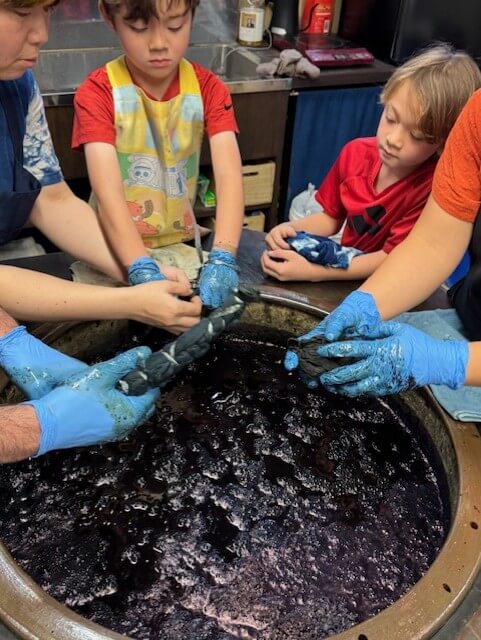
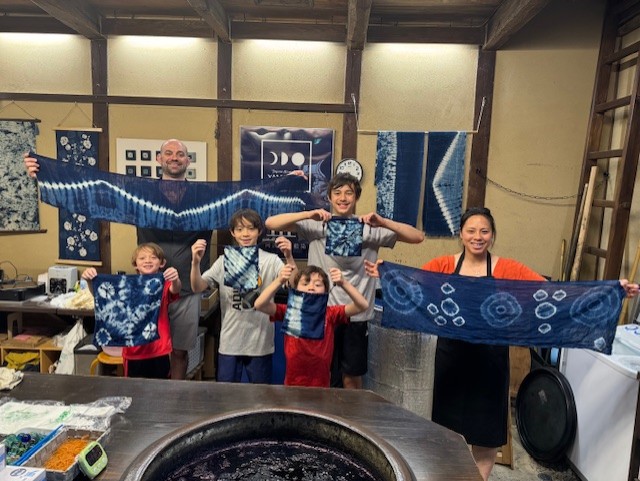
At Udatsu Studio of Yamauchi – Awa Natural Indigo Dyeing, Mima City, you can enjoy an authentic indigo dyeing experience. Choose your favorite item—handkerchiefs, scarves, tenugui towels, drawstring pouches—and dye it in your preferred design. They even lend gloves and aprons for free, so you can come empty-handed!
Why not combine sightseeing through Waki Town’s historic udatsu-lined streets with experiencing Tokushima’s traditional indigo dyeing culture?
▼Reserve your indigo dyeing experience here
https://widgets.bokun.io/online-sales/fc5df948-3e20-4a27-84cf-786a2a21a5cd/experience/771417
Recommended Souvenirs
Indigo-dyed products

Tokushima Prefecture’s traditional indigo dyeing industry is a source of pride. Its deep, vivid blue, also known as “Japan Blue”, is gaining attention overseas. Products dyed using indigo cultivated in areas like Wakimachi, Mima City, in Nishi-Awa, following traditional methods, are certified under the “Awa-Indigo” brand.
Indigo-dyed products come in a wide variety, including handkerchiefs, tenugui towels, scarves, T-shirts, folding fans, and wallets. You can find them everywhere, from souvenir shops to local product halls, so why not take home some beautiful Japanese indigo dyeing?
Sudachi, Yuzu
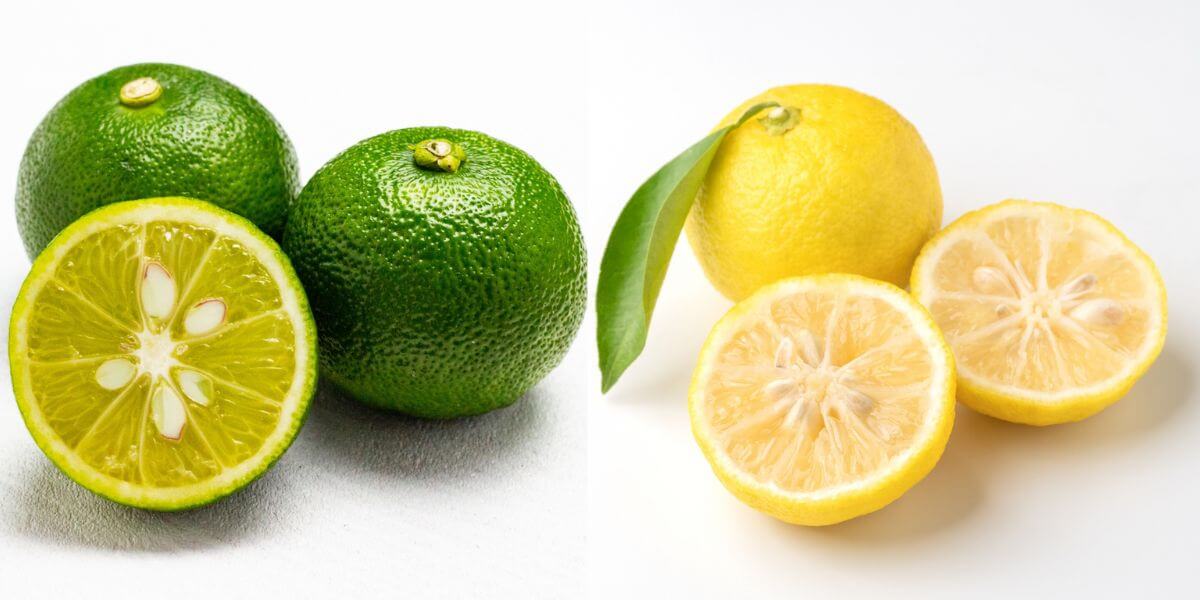
※Image is for illustrative purposes only.
(Left) Sudachi (Right) Yuzu
Tokushima Prefecture is blessed with a warm climate and abundant nature, and is also famous as a citrus-producing region. Among its fruits, the deep green “Sudachi” is a representative specialty product of Tokushima, accounting for 90% of domestic production. Characterized by its refreshing aroma and mild acidity, it adds a fresh fragrance and tang to dishes—served alongside grilled fish like saury, or thinly sliced over cold udon noodles.
Meanwhile, the yellow fruit “Yuzu,” a relative of sudachi, is another specialty alongside sudachi. This historic citrus has been cultivated in Japan for about 1,300 years. It features thick rind, abundant juice and pulp, and a refreshing aroma.
Sudaichi are available fresh in summer, while yuzu appear in winter at specialty shops. Processed goods like juice, syrup, jam, and seasonings are also recommended as long-lasting souvenirs.
Kyokufuen Tea
Tokushima is renowned as a producer of high-quality tea. In Miyoshi City, tea is cultivated on steep slopes registered as a Globally Important Agricultural Heritage System.
At Kyokufuen, located on steep slopes at 200–500 meters above sea level in Oboke, Miyoshi City, they cultivate and sell various specialty teas. Their recommended product is “Roasted Boke Bancha.” This tea is made by roasting bancha—tea leaves picked in autumn, steamed, and sun-dried—to bring out a rich, toasty aroma. Free from pesticides and low in caffeine, it’s appealingly easy to drink for everyone from children to adults.
Other offerings include the mild and easy-drinking “Oboke Japanese Black Tea,” and flavor teas made in collaboration with sudachi citrus grown locally in Oboke. The variety is extensive. The packaging also features stylish designs, making them sure to be a hit as souvenirs! You can purchase them at souvenir shops throughout the region.
Local cuisine
Handa somen

Handa Somen, produced in the Handa district of Tsurugi Town, boasts a history spanning 300 years. Somen noodles are a type of dried noodle made from wheat flour. Handa somen are Japan’s thickest somen noodles, characterized by their firm texture and smooth, slippery mouthfeel.
Enjoy it simply dipped in broth (squeezing sudachi citrus over it is delicious too!), or savor it in various other ways: simmered in warm broth as nyumen, stir-fried as somen champuru, and more.
Please try Handa somen noodles—slippery yet chewy, with a satisfying texture that makes every bite a delight.
Awa Odori Chicken
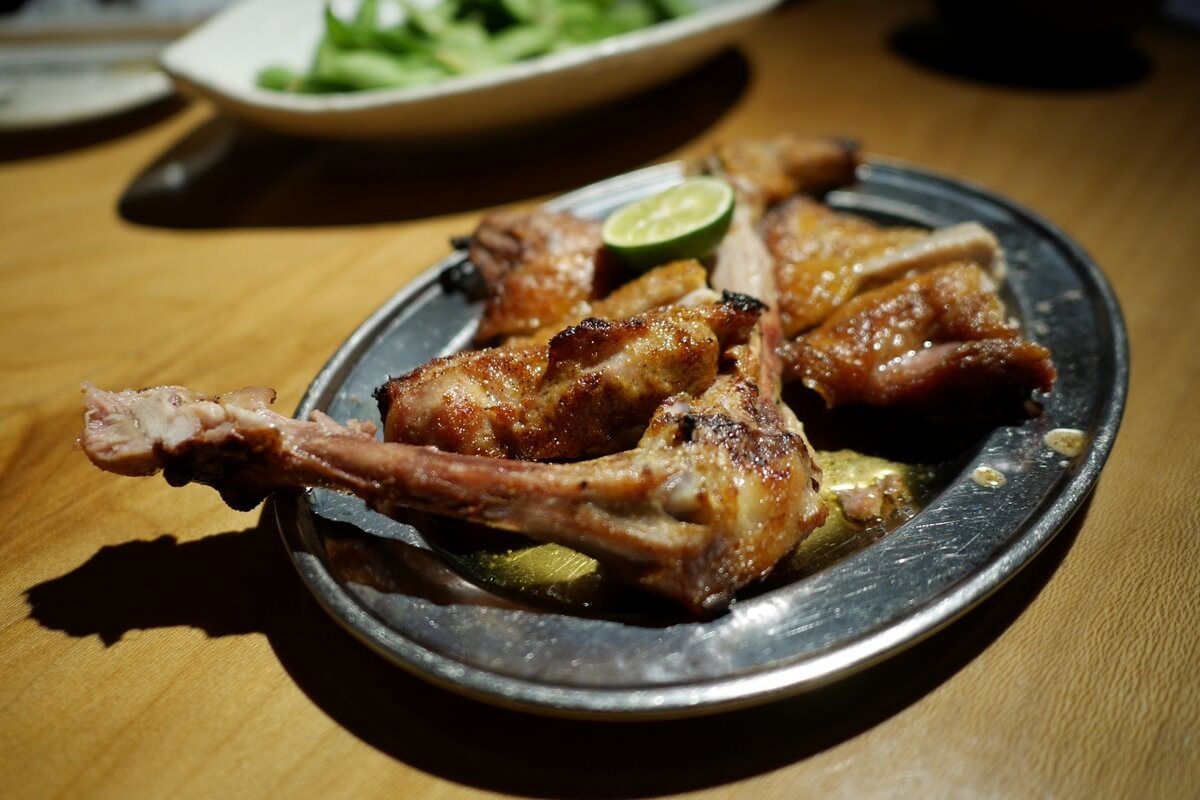
Awa-Odori, a brand chicken raised in Tokushima Prefecture. This free-range native chicken is raised in the great outdoors and named after the traditional Tokushima performing art, the Awa Odori dance. As Japan’s top-producing native chicken, it is beloved nationwide.
Its meat is high in protein and low in fat, characterized by intense umami flavor and a firm, springy texture. Popular preparations include classic karaage (fried chicken), yakitori (grilled chicken skewers), and hot pot dishes.
It’s also excellent simply grilled, such as in chicken sauté. Particularly popular in the Nishi-Awa area, it’s served at roadside stations, izakaya bars, yakitori restaurants, and other eateries.
Sobagome Zosui
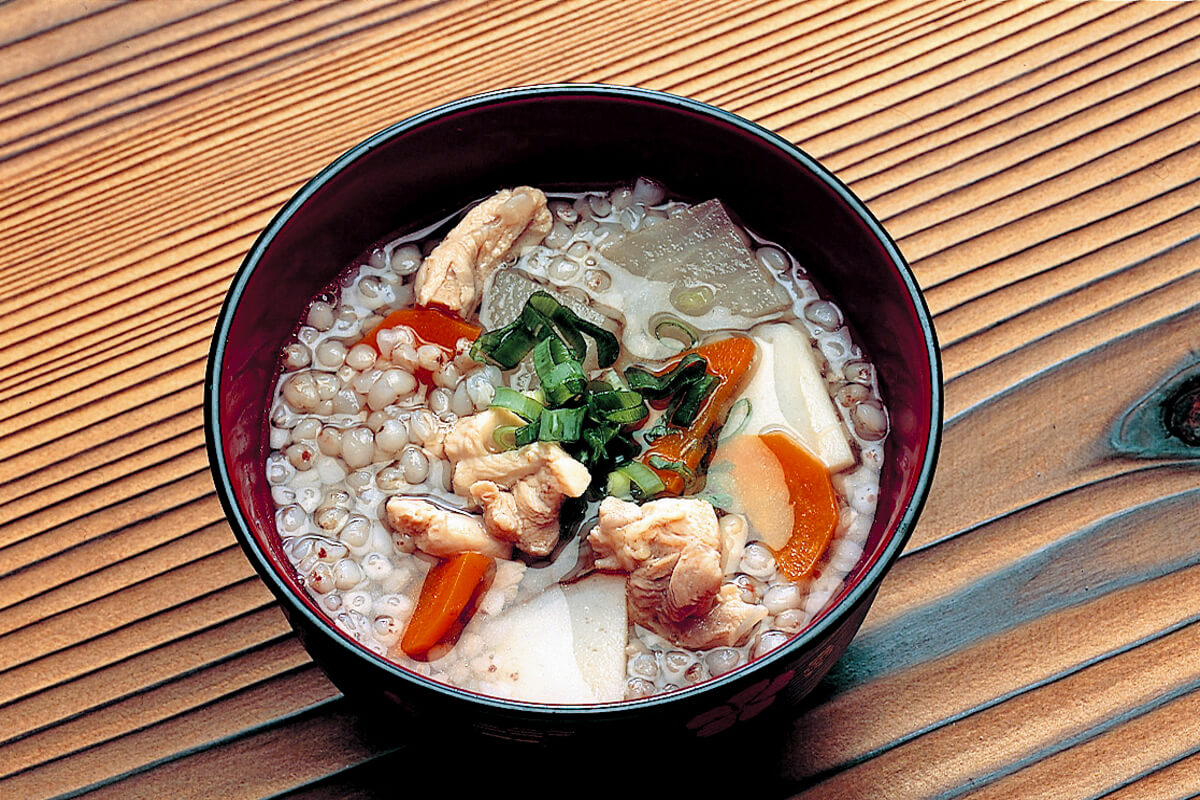
This is a rice porridge made by simmering buckwheat grains—salt-boiled, hulled, and dried buckwheat kernels—with chicken and vegetables in broth. Legend has it that this dish originated when defeated Heike clan refugees, hiding in the remote Iya Valley region after losing a power struggle, made this porridge with buckwheat instead of rice as a New Year’s feast.
This custom spread throughout Tokushima Prefecture and became a beloved local dish. You can enjoy it at soba restaurants and eateries across the region. Be sure to try this unique Japanese regional specialty.
Recommended Accommodations in Nishi-Awa
Nishi-Awa charms visitors with its beautiful nature and traditional culture. It’s about a 3-hour drive from Osaka, home to Kansai International Airport, via express bus or rental car. We highly recommend staying overnight to fully enjoy quintessential Japanese scenery and nature activities!
Finally, we’d like to introduce “Orimetei Yukai” as a lodging recommended by Kodawari Times.
Orimetei Yukai
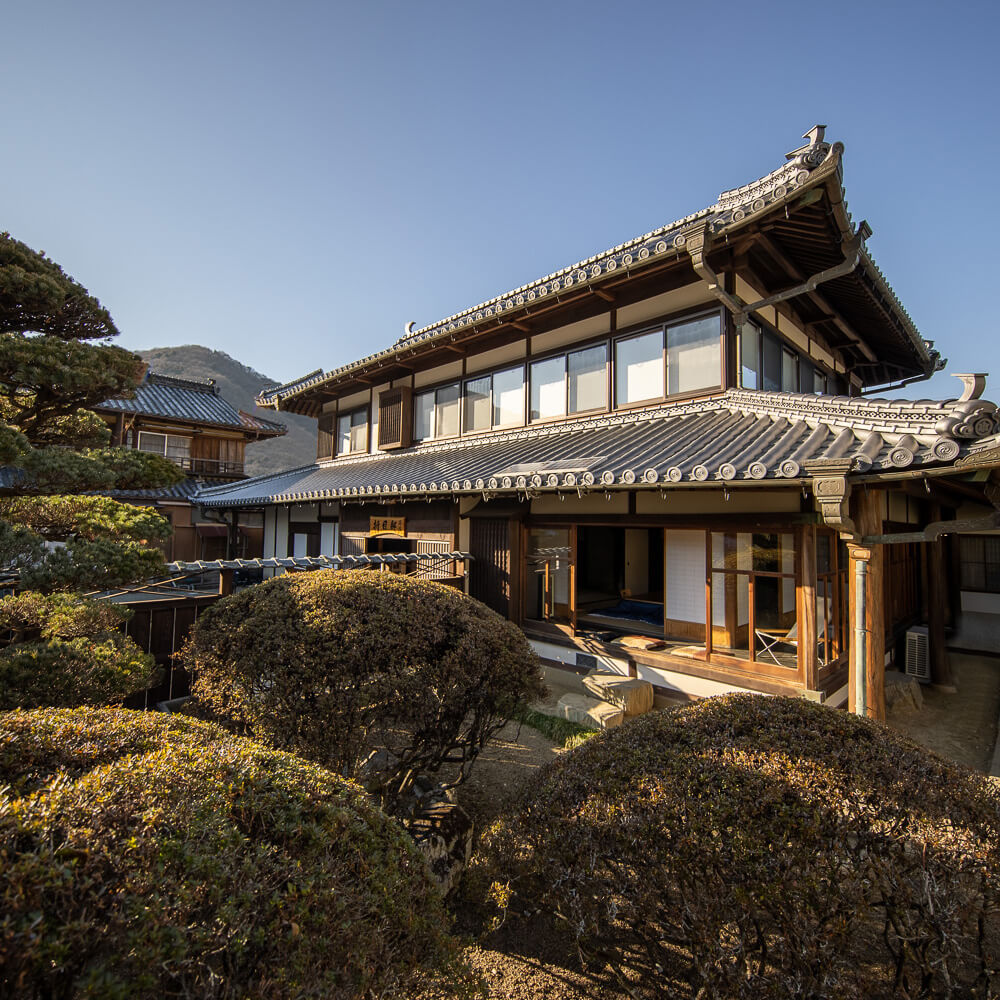
A renovated 100-year-old traditional house in Tsurugi Town. Originally used as the residence of the Orime family, who amassed wealth through indigo dyeing materials and sericulture. This splendid mansion retains the aura of its prosperous merchant days, with nearly all pillars and thick, large beams preserved as they were 100 years ago.
The large roof tiles were re-fired to restore their original luster, looking as good as new. The Orimetei Yukai is a must-see symbol of the property.
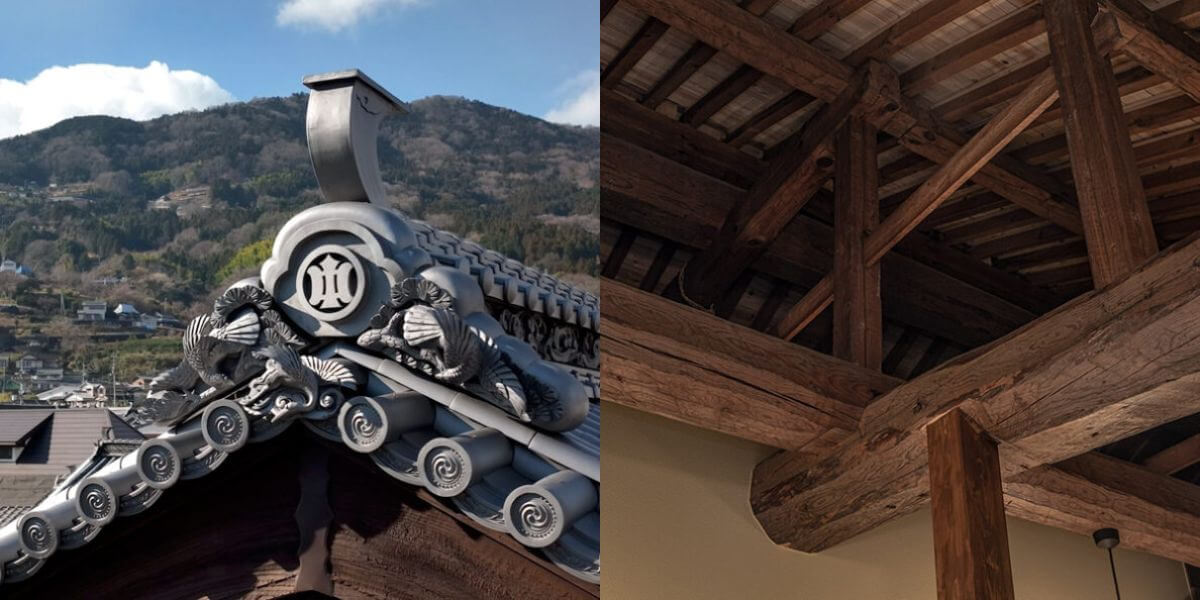
The guest rooms consist of three spacious Japanese-Western style rooms. For example, the “Ai” room, accommodating up to four guests, offers a tranquil space enveloped in the deep blue hues of indigo dye.
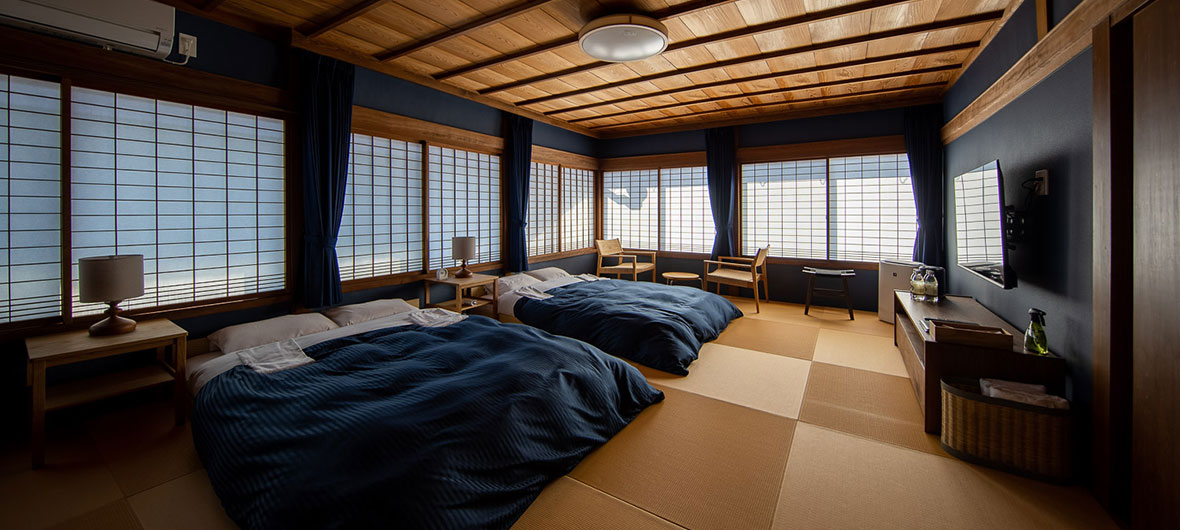
Staying in a quintessentially Japanese building isn’t the only appeal—you can also experience various plans upon prior request. Those wishing to savor local cuisine can enjoy meticulously prepared Handa somen noodles at the on-site Handa Somen Restaurant.
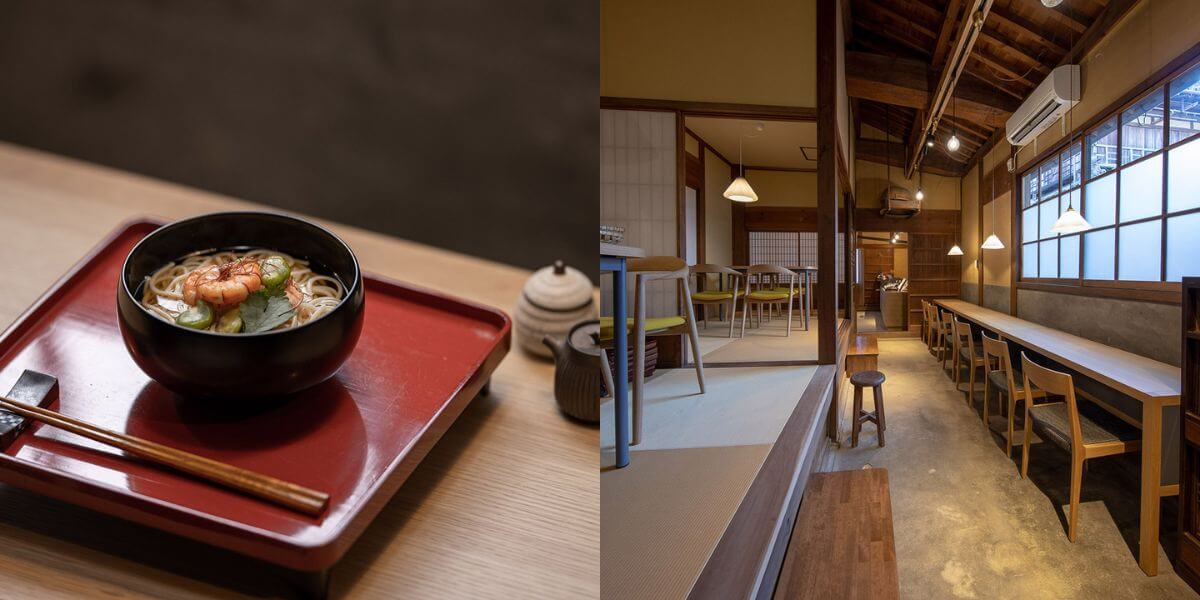
We also offer small-group tours with local English-speaking guides for up to six people. These are perfect for those who want to deeply explore the history and culture of Nishi-Awa.
Another unique option is our Awa Odori dance experience plan. Witness a powerful performance by a historic Awa Odori group right before your eyes. You might even get to dance the Awa Odori yourself—it’s definitely worth trying!
All plans require advance reservations, so please confirm availability when booking.
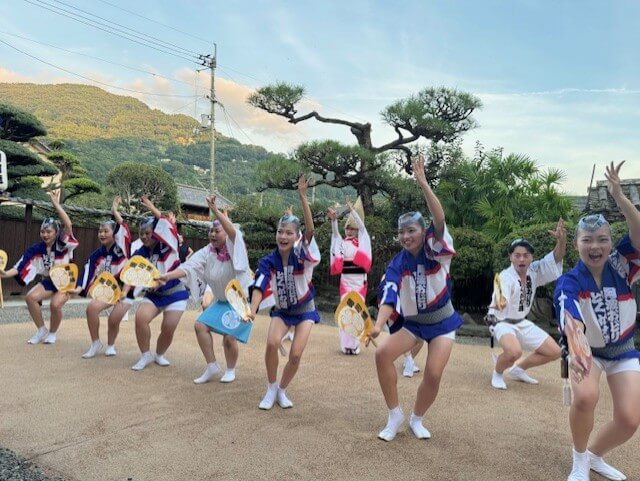
Additionally, activities like canoeing and indigo dyeing—previously featured in our “Recommended Experiences” section—are also available. With its prime location as a travel base, we highly recommend booking various activities.
Experience the charm of old Japan and unwind from your travels at “Orimetei Yukai,” where you’ll feel like you’ve stepped back in time 100 years!
▼Book your stay here
https://d-reserve.jp/GSEA001F01300/GSEA001A01?hotelCode=0000000806&lang=en
[Orimetei Yukai Details]
Address: 68-1 Higashiura, Sadamitsu, Tsurugi-cho, Mima-gun, Tokushima 779-4101
Phone: 0883-68-9780
Access:
Approx. 60 min by car from Tokushima Awa Odori Airport
Approx. 50 min by car from Takamatsu Airport
Approx. 10 min by car from Mima IC on the Tokushima Expressway
Approx. 11 min walk from Sadamitsu Station on the JR Tokushima Line
Official Website: https://www.orimetei.com/
SNS:
Instagram https://www.instagram.com/orimetei.yukai/
Facebook https://www.facebook.com/profile.php?id=100086242935025
